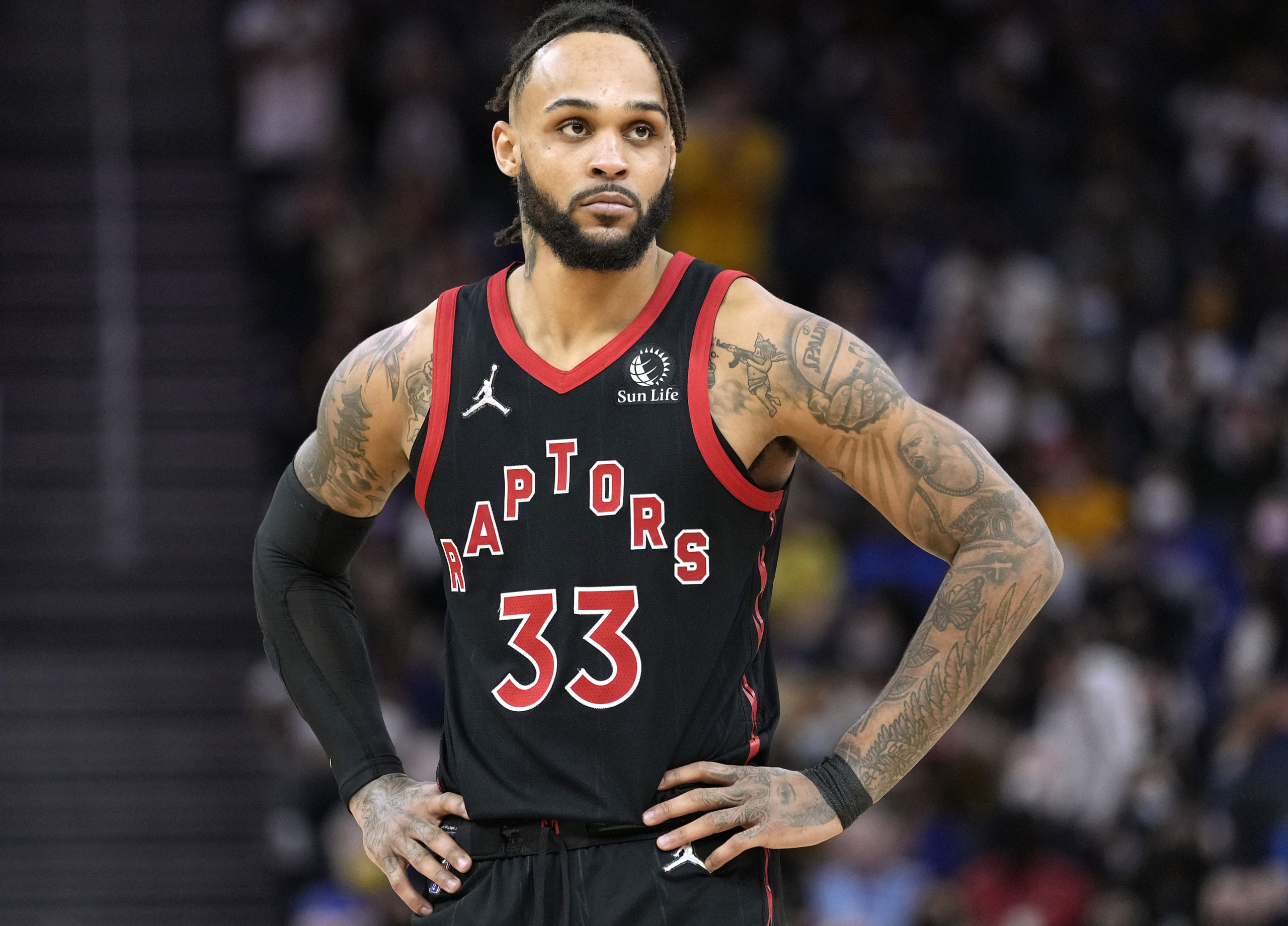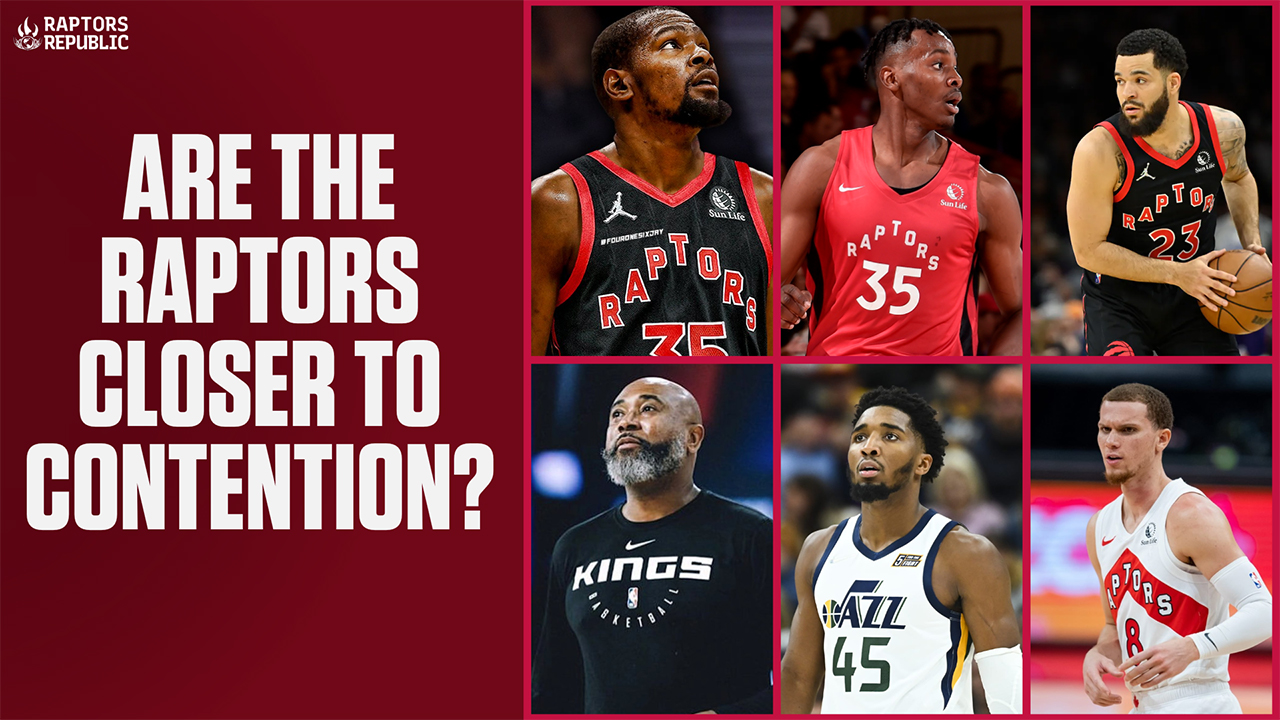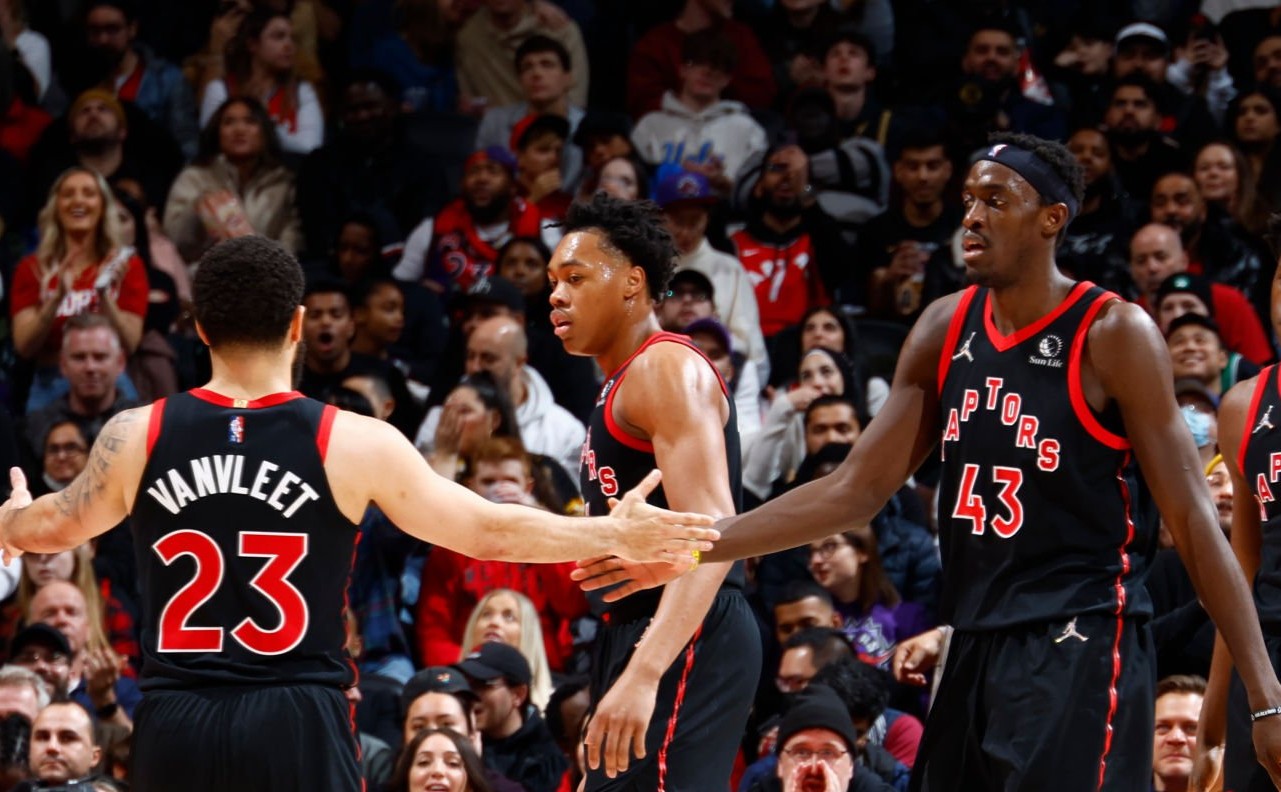The first tulip arrived in Europe in 1554. It came all the way from the Ottoman Empire. Within 50 years, the region that is now named the Netherlands saw mass cultivation of the tulip. At the same time, the Dutch Empire flourished due to trade, finance, and expansionism. Because of its unique coloration and the difficulty of cultivating it, the tulip came to represent wealth and opulence in Holland. It was a luxury good, but the tulip also became an investment item. By the 1630s, the price of a tulip future had skyrocketed, with contracts for tulips (not the bulbs themselves, as investment in the item vastly outgrew the tulip’s actual availability) becoming one of Holland’s largest export goods. In 1637, the tulip market collapsed, and many investors lost fortunes overnight.
Gary Trent jr. is not a tulip. But he might be in the midst of benefiting — and suffering — from similar principles.
The success of the tulip was tied to the environmental context in which the flower found itself. To be fair, there was nothing like the tulip in Holland — giving it enormous inherent value. But the system provided the tulip even more contextual value. And the downfall of the tulip was tied to the inherent fragility of the flower itself. The value of the tulip was symbolic than literal, and a symbol can’t survive speculation forever. When the worlds of physical and spiritual collide, the spiritual value of the tulip was annihilated by the inherent lack of literal value of the tulip.
Trent, similarly, is more than a player on the Raptors; he is a symbol — fulfilling an archetype that belongs entirely to him on the team. He is far from fragile, but his symbolic value may be less certain than one might believe.
Most of all, there is nothing like Trent in Toronto. He is unique — the only guard scorer on the roster. When he touches the ball, he is asked simply to score. And he does — namely by keeping turnovers incredibly low, hitting 38.3 percent 3-point shooter, and being an above-average pullup shooter, especially from deep, All told, he is the points-per-touch king on the Raptors. But so much of that is not just about him, but about his comparison to the other players on the roster.
On one hand, Trent is one of three above-average 3-point shooters on the Raptors. Trent, Fred VanVleet, and OG Anunoby were the only Raptors to launch more than four triples per game. (The Raptors led the league in three players attempting the largest share of the team’s 3-pointers, with 53.6 percent of the team’s total threes coming from the above three.) And between VanVleet, Anunoby, and Trent, the shooting guard was unique. VanVleet was asked to initiate the offense as the team’s only point guard in the rotation. He ranked seventh in the league in touches per game; Trent was 137th. Anunoby was much more of a wing — or even a big, at times, arguably most capable in the post. Anunoby ranked in the bottom 15 leaguewide as a pullup 3-point shooter and was the single least efficient isolation player in the league. Trent was a top-30 pullup shooter and top-25 isolation player. His game bore few similarities to those of VanVleet or Anunoby beyond excellent distance shooting.
And so Trent was asked to fulfill a unique role. But it’s important to note that the role was only unique for the Raptors. Most teams have plenty of guard scorers. Even big-oriented teams like the Philadelphia 76ers and Denver Nuggets roster multiple non-point guard scorers at the guard spot. And that’s where Trent’s value on the Raptors becomes difficult to parse. There’s a difference between hard, on-court value and contextual value. Trent’s impact was indisputable. He had the second-best offensive on/off differential per 100 possessions on the team, behind only superstar Pascal Siakam. His presence was the single biggest factor in limiting Toronto’s turnovers, in 3-point accuracy from the corners, the second-biggest factor in determining Toronto’s efficiency on first shots (excluding offensive rebounds). The offense just didn’t work without Trent.
But is that because of his enormous talent or because Toronto didn’t roster a single player who could accomplish the same things on the court as Trent? As with all things, it’s likely a little bit of both. But the contextual value that Toronto offered Trent cannot be discounted. On/off numbers are the differential between when a player is on the court and when he’s off the court; so was the enormity of Trent’s on/off offensive impact due to his value when on the court or his teammates’ inability to do his job when he was off the court?
Put another way, how would other shooting guards have fared in Toronto’s unique offensive ecosystem? Trent averaged a comparable number of touches per game as players like Norman Powell, Kevin Huerter, or Will Barton. He averaged only slightly fewer than Devin Booker. How would any of those players have faired in Toronto’s structure? We know Powell would have thrived on the offensive end — he was arguably the most efficient offensive player in the league for more than a full season before being traded. Booker, it’s likely no exaggeration to say, would make the Raptors a championship contender in place of Trent. Perhaps Donovan Mitchell would too. Toronto’s shooting guard isn’t asked to create at all for his teammates. Score whenever you touch the ball. Every time. That’s the dream of shooting guards across the nation. Trent is certainly talented, but the Raptors put him in a position uniquely designed for his success. He does have some limitations; he doesn’t create for himself really at all at the rim, and he’s actually an average midrange scorer, with his frequency for long 2-pointers (92nd percentile) far outshining his accuracy (59th percentile). But his contextual value dwarfs those issues.
All this to say: There’s a reason Trent is largely considered to be the player most tradeable for Toronto while still having a fair amount of value on the trade market. Players like Khem Birch or Malachi Flynn must surely be available, but there’s little reason to expect they’d land the Raptors a big fish on the open market. Players like OG Anunoby would surely be worth a fortune in a trade, but there’s little reason to expect they’re available. Trent is somewhere in the middle. In a vacuum, Anunoby is likely the more talented player than Trent. In the context of the Raptors, they provide equal value. So it would be easier to replace Trent’s role as a grenadier.
So Trent ends up seeing his name synonymous with the ESPN trade machine, which is unfair to him. He’s done nothing but succeed in the role Toronto has asked of him. As every Kevin Durant and Donovan Mitchell rumour wisps in and out of existence, Trent’s name is dragged right alongside theirs. It’s hard to know how other teams would value a player like Trent. He was the ninth-highest scoring shooting guard in the league last year, right in between Jordan Poole and Desmond Bane. That’s value, even if Trent might be replaceable to the Raptors.
There are theories that the crash of the tulip bubble occurred because of the Black Death. The story goes that in 1637 there was a tulip auction in Haarlem that saw poor attendance because of the plague. The auctioneer had to lower the price several times because no one was bidding; word spread, and investors quickly began selling tulip futures. The bubble burst.
What does the story teach us about Trent? Like the tulip, his value is based to some unknowable degree on his uniqueness within his market in addition to his inherent usefulness. Tulips are beautiful, and Trent gets buckets. Tulips had no rival in Holland in the 1600s, and Trent had no peer on the Raptors in 2021-22. But the market for tulips came crashing down. Trent, on the other hand, is about to play in the penultimate year of his contract with the Raptors, while the final year is a player option. If he continues playing in such a fortuitous ecosystem, and with such enviable skill, he will almost certainly decline the final year of his deal in hopes of earning (far) more money. But if Masai Ujiri and company believe Trent’s value is more context than concrete, the obvious next step would be to trade him. His next contract will be prohibitively expensive and beginning at the same time as (likely) a new deal for VanVleet, with new contracts for Pascal Siakam and (likely) Anunoby coming the next summer. The finances are about to squeeze. Trent’s value to his team — and perceived value to others — may never be higher than it is now.
Trent might exist in a tiny bubble of his own at the moment. It’s possible that Otto Porter jr. will be able to replicate his value. Even if not, the Raptors might one day find another guard who can shoot and score in isolation. If that ever happens, the return on a Trent trade may well plummet. But until then, he’ll just keep doing what he does best. And for the Raptors, that’s something that not a single other player can mimic.
Get the best of RR straight to your inbox with the RRundown newsletter -> http://eepurl.com/hzuZ91



